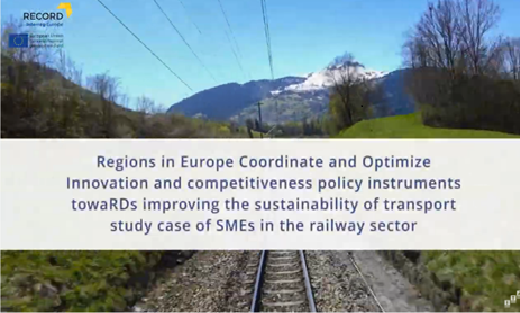
Video of final results of project RECORD
All the partners of the RECORD project have participated in the creation of a summary video on the final results and the highlights of the project.
Europe has always been a step ahead regarding sustainable transport mode in comparison with the rest of the world and Europe has developed valuable expertise and innovation in the railway sector. That is why, railway is identified in many RIS3. However due to a fierce competition in particular from emerging industries, the whole sector and especially SME are facing big challenges regarding their competitiveness (pricebased vs. innovationbased competitiveness). To tackle this challenge, regions with the help of the EC, put efforts to encourage R&I joint activities (triple helix concept) by offering innovation delivery support in the ERDF OP (direct fundings, cluster policy...). Other initiatives have been launched towards the railway sector but it has been pointed out that SME have specific issues due to the way public transport works, the specificities of its value chain and its market structure (few big companies with thousands of SMEs, few profit margin, low innovation culture, etc.). Taking this into consideration, the RECORD project aims at helping SME to invest more and better in innovation activities by redesigning the regional policy instruments. To do so, we plan individual work to be compared with partnering regions and analyzed. Benchmark and brainstorming sessions with local stakeholders will help draw provenoriented conclusions and develop new approaches together. To have comparability and to be able to share experiences and learn from each other, it is key to admit regional policy structure, industrial environment and clusters differences. Stakeholders engagement in this project is very important as it will be the first time managing authorities, clusters, businesses, universities, other funding organizations, regions etc. are working together early in the political process in the railway sector. This lends credibility and builds solid foundation to develop a framework that will be accepted for implementation.
€922,796.00
Research and innovation
The objective of the OP ERDF Axis1 is to invest in NordPasdeCalais in R&I activities related to the RIS3. The aim is to improve the capacity to develop R&I excellence
and promote centers of competence by promoting investment in R&I and developing links and synergies between businesses, research and development centers and the higher education sector (see the “triple helix” concept). The IP 3d is focussed on private R&D investments and the companies'capacity to innovate with public research centers. The project’s intervention logic is: in NPDC, the main industry is the rail sector. The rail sector is characterized by a few big companies and hundreds of SME which face big challenges due to a fierce international competition. This means that they need to innovate to offer added value products and services to be able to face competitors. The issue is that they have difficulties to invest more and better in R&I. To increase their level of investments, they can use instruments put at their disposal by the regional council or BPI France (the French public bank of investments dedicated to innovation and growth). Also, to increase the quality of their investments, they can get support from clusters (financed partially and supported by the region) that will help them build joint R&D projects namely with academia. Nevertheless the SME investments are under expectation. Therefore the policy instrument should be redesigned to solve this issue.
IP 1.b : Promotion of the companies’ investment in research and innovation (R&i), development of links and synergies between the companies, the research centres and the university (triple helix concept). Specifically, the thematic objective OE.1.2.1. will be addressed. The project will aim to improve the creation of an innovation culture and the promotion of R&i activities, improving at the same time the low position of Aragon in innovation and the low level of research results transfer to the companies.
Even though there is a strong commitment of the region in the railway topic, there are not so many SMEs working and innovating in it. In fact, this could be improved by a higher cooperation of SMEs working in innovation projects, and, of course, if this cooperation could include the university and the research centres, it would be better. Gathering the relevant logistics-related stakeholders in one platform is one step ahead, but it has still room for improvement.
The TO1 – 1b aims at promoting enterprises’ investments in innovation and R&D and at developing synergies between enterprises and R&D bodies.
The Partner will mainly focus on the “Specific Objective RA 1.1” (Enhancing innovation activities in enterprises), and 2 specific actions :
1.1.4 Support to collaborative R&D for developing new sustainable technologies, new products and services : since it covers the activities of “Technological Districts” (Clusters), therefore it is the one directly concerning the Partner. Since we are already aware of the huge differences between the Clusters involved in the project not only in terms of organisation and financing but also in terms of activities and impact, identifying best practices will be crucial to us and the Tuscany Region.
1.1.5 Support to pilot actions, early validation of products and large-scale demonstration : it is for sure a crucial tool to build a long-lasting competitive advantage for enterprises bworking in the railway sector.
The objective of the policy instrument mentionned above and especifically the TO1 is to strengthen research, technological development and innovation’. Both 1a and 1b, as they are interconnected, will be addressed. The aim of 1a is to enhance research and innovation (R&I) infrastructure and capacities to develop R&I excellence.
1b is to promote business investment in R&I, developing links and synergies between enterprises, research and development centres and the higher education
sector (see the “triple helix” concept) thanks to clusters and open innovation related to RIS3. The intervention logic is: In East Central Sweden, railway SMEs are
reluctant and historically weak in investing in R&D. The region has a strong railway sector, which is identified as a key sector in the region, and is developing the
Järnvägskluster (Railway cluster). Private R&D investments are currently limited to large companies and focused on technological innovations, when more is needed of organizational, market or social innovations. Also, generally speaking, collaboration between academia, trade/industry and society is low. As a consequence, the overall project objective is to redesign the policy instrument to foster measures and policies for collaboration across sectors on larger challenges of transport/railway, to identifying best practices and simplification for SMEs to increase effectiveness of policies and benefit from opportunities for crossregion
learning on cluster policies and programs.
The Operational Program for Research and Innovation (OPRI) is based on the priorities of the Europe2020 strategy as well as the main recommendations of the Small Business Act and the Business Action Plan2020. It is a joint program led by the Ministry of Economy of the Slovak Republic with the Ministry Education, Science, Research and Sports of the Slovak Republic and via which budget resources of about 3billionEUR are allocated. Its focus, structure and content of activities is based directly on analysis of needs and development potential as well as expected results defined in the Slovak Republic's Partnership Agreement2014-2020. Moreover, it reflects the principles of state education, research, development and innovation policies contained in The National Reform Program of the Slovak Republic. OPRI is a key implementation tool of the "Knowledge for Prosperity - Strategy for Research and Innovation for the Smart Specialization of the Slovak Republic" ("RIS3 SK") targeting SME. Since 2014, projects within OPRI were implemented. The results require our attention as they are not as good as expected. Indeed, the actual support seems inadequate: the number of cooperations supported by public grant programmes to develop innovation is very low. We must analyse & define why objectives are not achieved and make improvements towards socio-economic changes and define new actions. The aim is also to ensure specific support to the transport sector as required by regional stakeholders.

All the partners of the RECORD project have participated in the creation of a summary video on the final results and the highlights of the project.
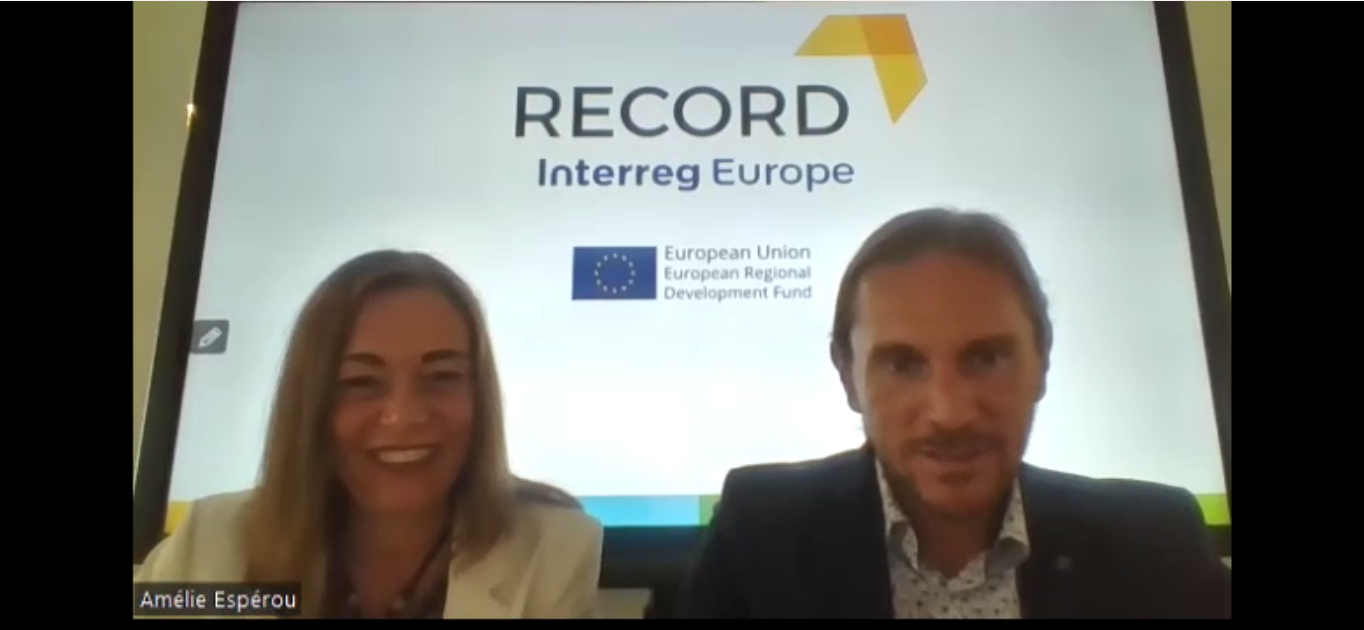
Virtual interviews were held with all partners to present the final results of the project and reflect on the achievements and difficulties encountered.
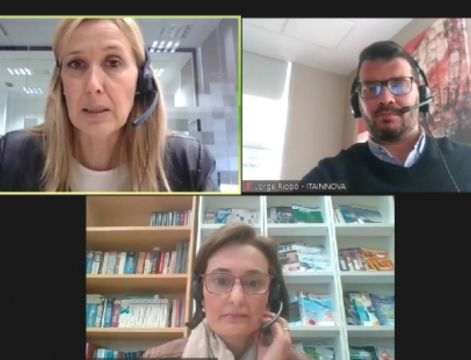
ITAINNOVA organized the Webminar "Patents and their utility" to show SMEs the power of the use of industrial protection tools, for competitive intelligence.

Here you can visualize a summary video of all the study visits and international exchange of experiences of RECORD project
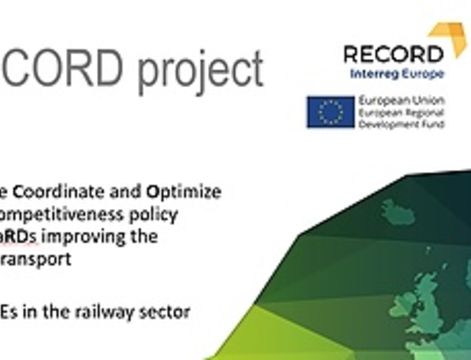
Partners of project RECORD will participate on May 12th, in a webminar organized by European Railway Clusters Initiative (ERCI).
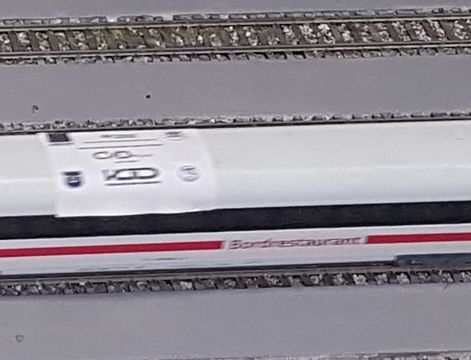
Study Visit and Steering Committee of RECORD Project
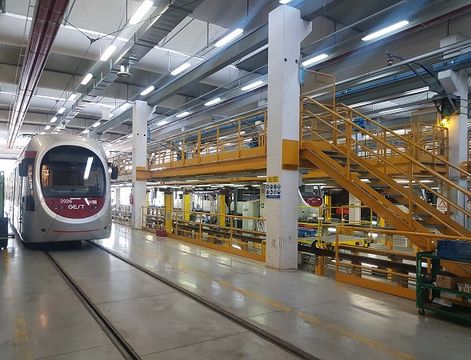
3rd Study Visit of RECORD project Companies and public bodies discussed on the hottest innovation topics and how to support trans-regional collaboration.

3rd RECORD Study Visit (June 17th-19th) will take place in two key-hubs of the regional rail supply industry: Pistoia and Firenze.
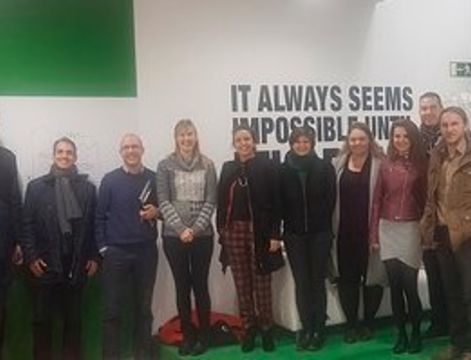
RECORD´s Steering Committee and First Study visit took place in Instituto Tecnológico de Aragón (ITAINNOVA, ES) .
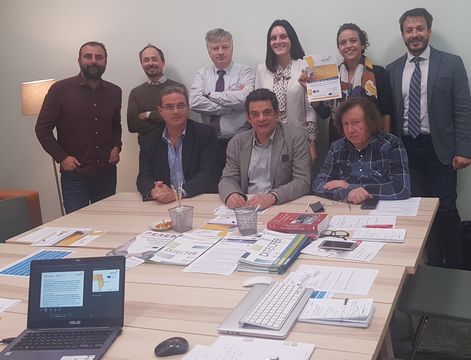
On November 19th DITECFER (Tuscany, Italy) organized its 1st Stakeholders’ Meeting at the “Polo Universitario” in Pistoia.